Masquerade corydoras - Corydoras simulatus
Scientific name: Corydoras simulatus
Common name: Masquerade corydoras
Family: Callichthyidae
Usual size in fish tanks: 5 - 6 cm (1.97 - 2.36 inch)
014
Recommended pH range: 6.3 - 7.3
Recommended water hardness: 2 - 16°N (35.71 - 285.71ppm)
0°C 32°F30°C 86°F
Recommended temperature range: 21 - 25 °C (69.8 - 77°F)
The way how these fish reproduce: Spawning
Where the species comes from: South America
Temperament to its own species: peaceful
Temperament toward other fish species: peaceful
Usual place in the tank: Bottom levels
Food and Feeding
Masquerade Corydoras are omnivorous and thrive on a varied diet. Provide a staple diet of quality flakes or sinking pellets, and supplement it with algae wafers for balanced nutrition. These fish enjoy occasional treats of live or frozen bloodworms and brine shrimp, offered twice a week to keep them healthy and active. Since they are nocturnal, feeding them after lights out ensures they get their share of food.
Origin
Masquerade Corydoras are native to South America, specifically found in the freshwater waterways of Colombia. These regions are characterized by soft, slightly acidic water and dense vegetation. Mimicking these conditions in an aquarium with soft water, plants, and driftwood helps these fish thrive.
Sexing
Sexing Masquerade Corydoras is relatively straightforward when they reach maturity. Viewed from above, females are slightly larger and have a stockier, more rounded body shape compared to the slimmer males.
Breeding
Breeding Masquerade Corydoras in captivity requires careful preparation. Set up a dedicated breeding tank with a sandy substrate and include spawning mops or plants. Perform regular water changes with cooler water to simulate the seasonal cues that trigger spawning. These fish are egg scatterers, depositing eggs on tank glass or other surfaces. Once hatched, the fry can be fed Infusoria initially, followed by newly hatched brine shrimp as they grow.
Lifespan
With proper care, the average lifespan of Corydoras simulatus is 3-5 years.
Tank Setup and Behavior
Masquerade Corydoras are social and peaceful fish, making them ideal for community tanks. To ensure their well-being, keep them in groups of at least five individuals. A sandy or fine gravel substrate is essential to protect their delicate barbels. Add plants, driftwood, or caves to provide hiding places and mimic their natural habitat.
These Corydoras are compatible with many peaceful fish species, making them ideal for community tanks. Suitable tankmates include:
- Neon Tetras – Small, colorful fish that add vibrancy and are equally peaceful.
- Ember Tetras – Perfect companions due to their similar size and calm temperament.
- Harlequin Rasboras – Harmonious tankmates that thrive in similar conditions.
- Bolivian Rams – Gentle dwarf cichlids that coexist well with Corydoras.
- Otocinclus Catfish – Peaceful bottom dwellers that complement Corydoras in their feeding habits.
Short Description
Masquerade Corydoras are a beautiful, social species perfect for peaceful community tanks. Their manageable size, captivating behavior, and adaptability make them an excellent choice for both novice and experienced aquarists. By providing them with a suitable environment and proper care, these fish can become a delightful centerpiece in any aquarium.
Pictures
Bought by aqua-fish.net from jjphoto.dk.
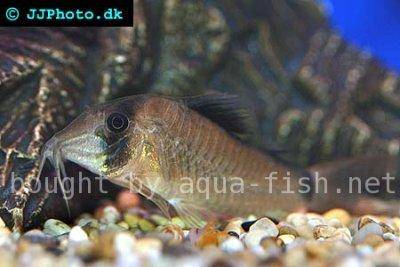



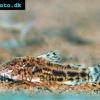 Aspidoras
Aspidoras 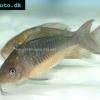 Giant
Giant 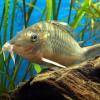 Hognosed
Hognosed 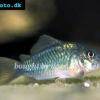 Emerald
Emerald 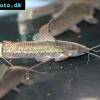 Cascarudo
Cascarudo 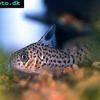 Acre
Acre 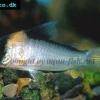 Adolfo’s
Adolfo’s 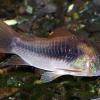 Bronze
Bronze 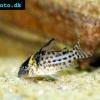 Agassizii’s
Agassizii’s 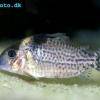 Spotted
Spotted 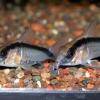 Skunk
Skunk 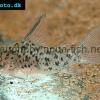 Corydoras
Corydoras 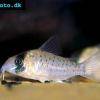 Fairy
Fairy 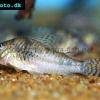 Corydoras
Corydoras 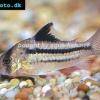 Pink
Pink 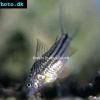 San
San 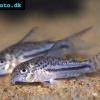 Bond’s
Bond’s  Spotted
Spotted 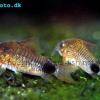 Tailspot
Tailspot 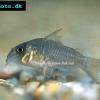 Concolor
Concolor 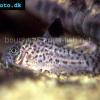 Cope’s
Cope’s 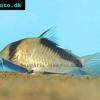 Sand’s
Sand’s 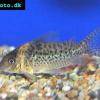 False
False 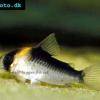 False
False 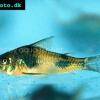 Ehrhardt’s
Ehrhardt’s 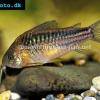 Elegant
Elegant 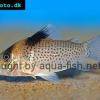 Saddle
Saddle 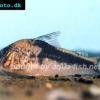 Fowler’s
Fowler’s 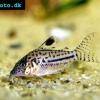 Gomezi
Gomezi 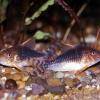 Palespotted
Palespotted 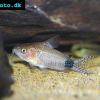 Guapore
Guapore 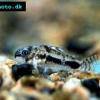 Dainty
Dainty 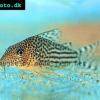 Mosaic
Mosaic 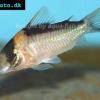 Imitator
Imitator 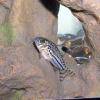 Julii
Julii 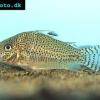 Leopard
Leopard 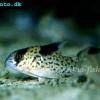 Black
Black 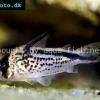 Slant-bar
Slant-bar 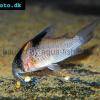 Bluespotted
Bluespotted 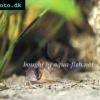 False
False 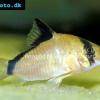 Bandit
Bandit 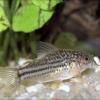 Mini
Mini 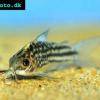 Napo
Napo 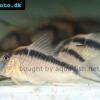 Corydoras
Corydoras 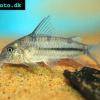 Blue
Blue 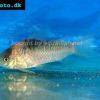 Nijssen’s
Nijssen’s 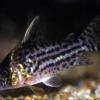 Ornate
Ornate 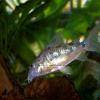 Peppered
Peppered 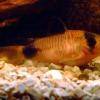 Panda
Panda 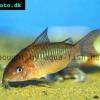 Albertini
Albertini 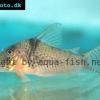 Pastaza
Pastaza 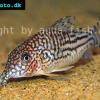 Corydoras
Corydoras 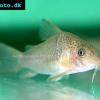 Many-spotted
Many-spotted 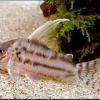 Pretty
Pretty 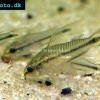 Dwarf
Dwarf 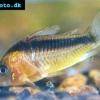 Iridescent
Iridescent 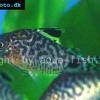 Reticulated
Reticulated 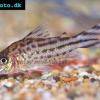 Bannertail
Bannertail 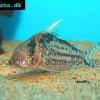 Robust
Robust 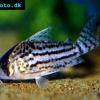 Schwartz’s
Schwartz’s 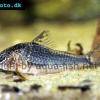 Black
Black 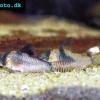 Longnosed
Longnosed 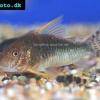 Seuss’
Seuss’ 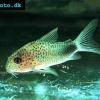 Smudge
Smudge 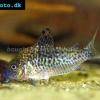 False
False 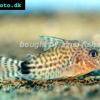 Millenium
Millenium 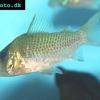 Pinkthroat
Pinkthroat 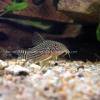 Sterba’s
Sterba’s 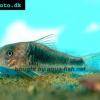 Longsnout
Longsnout 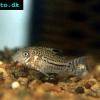 False
False 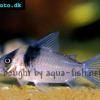 Miguelito
Miguelito 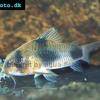 Twosaddle
Twosaddle 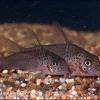 Xingu
Xingu 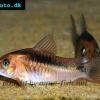 Black
Black 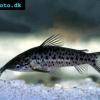 Porthole
Porthole 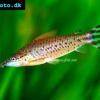 Flagtail
Flagtail 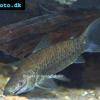 Brown
Brown 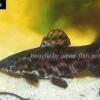 Spotted
Spotted